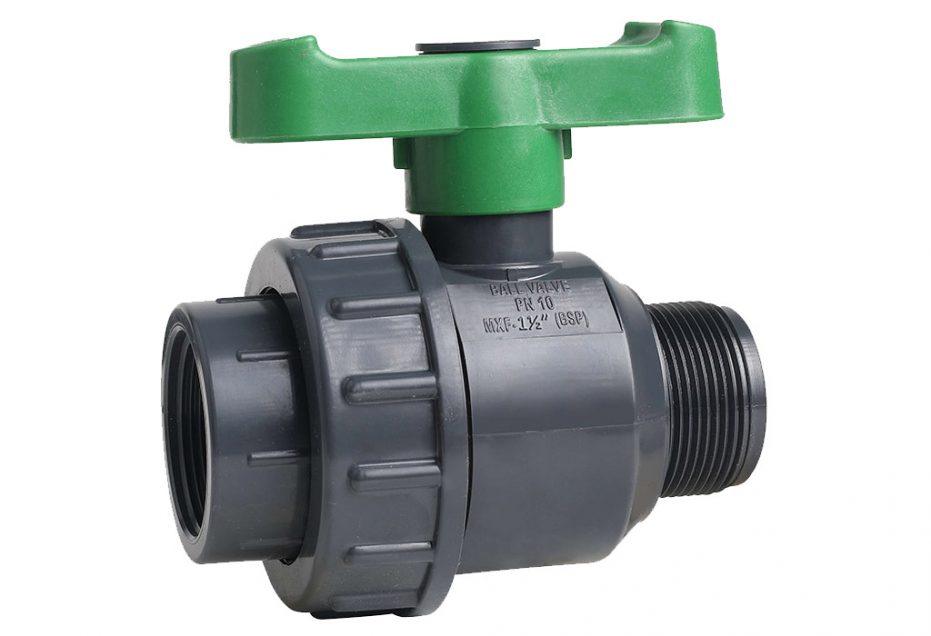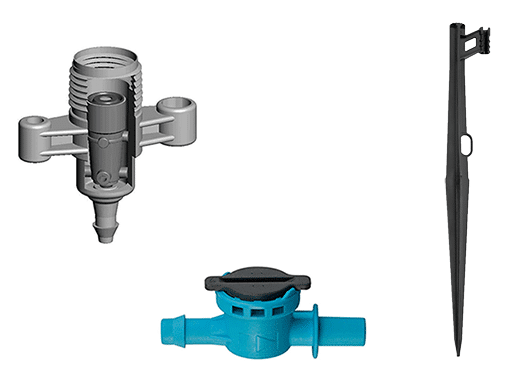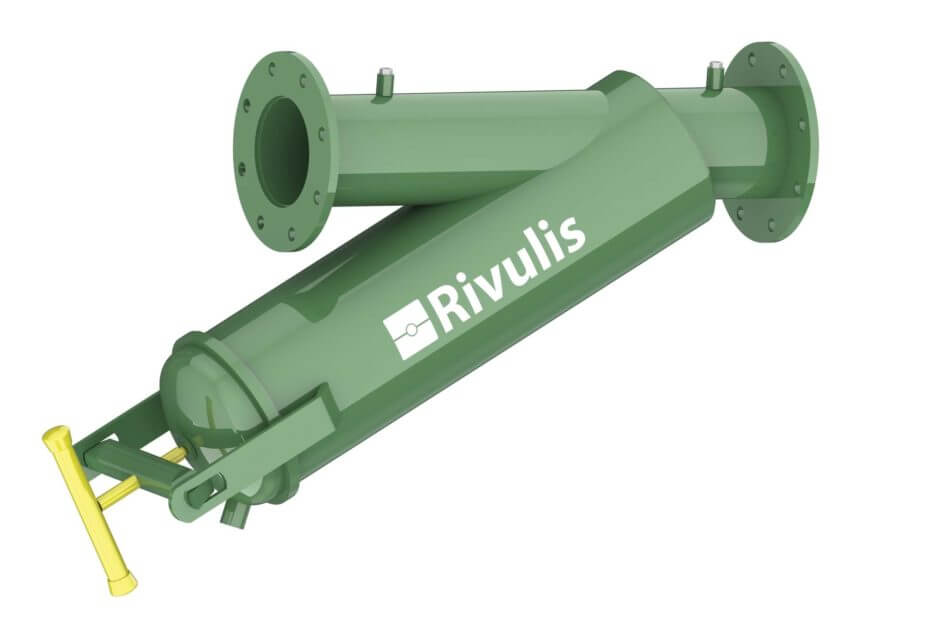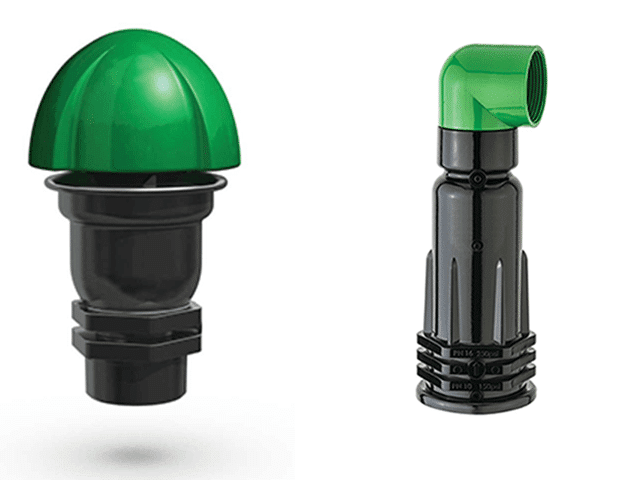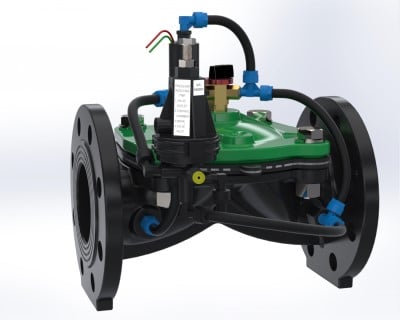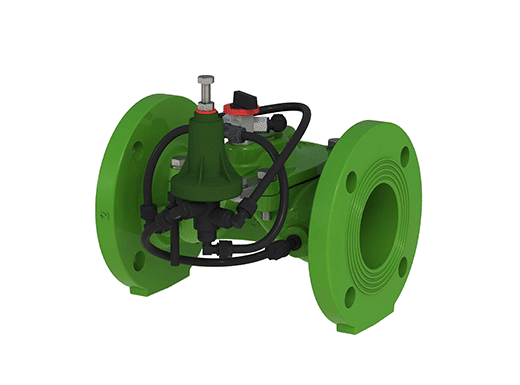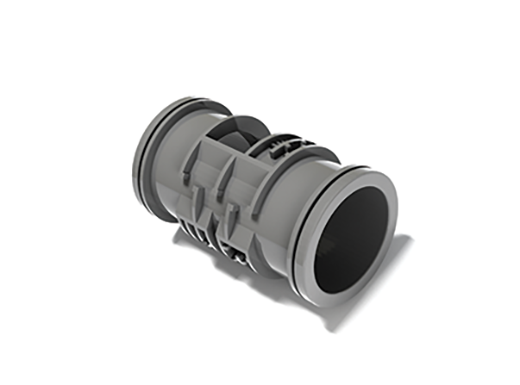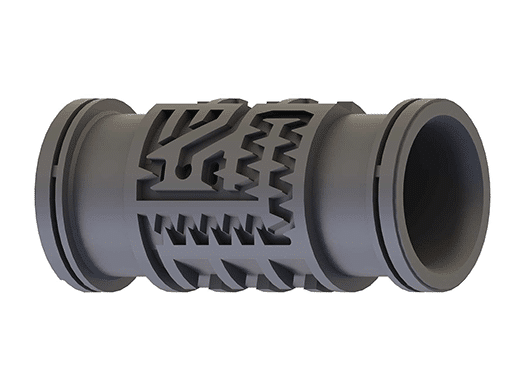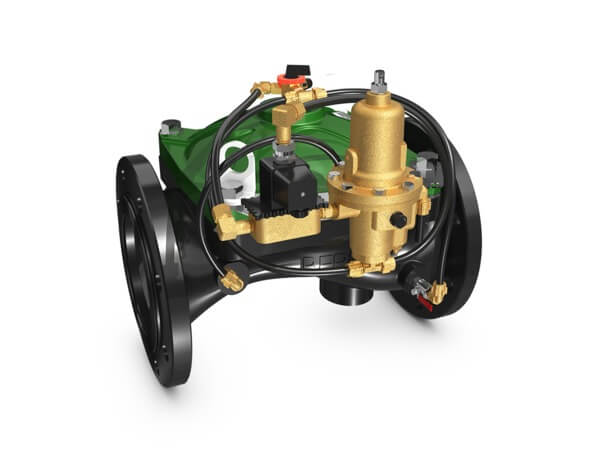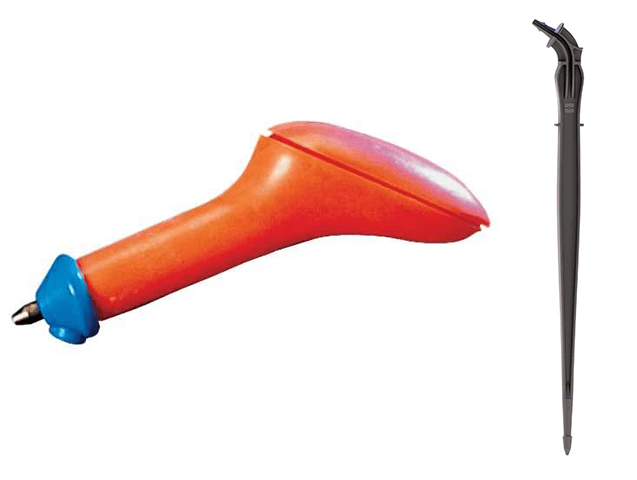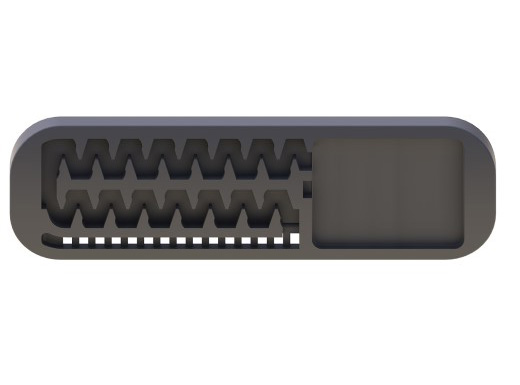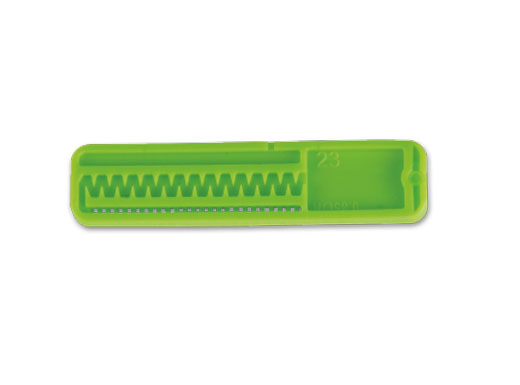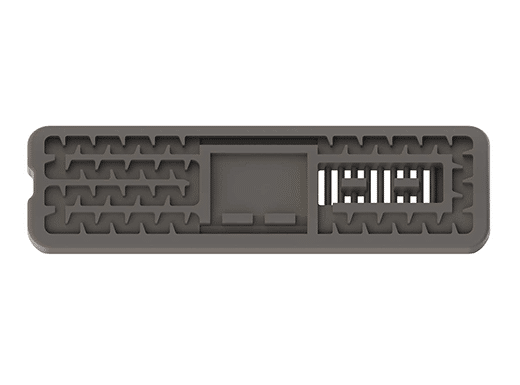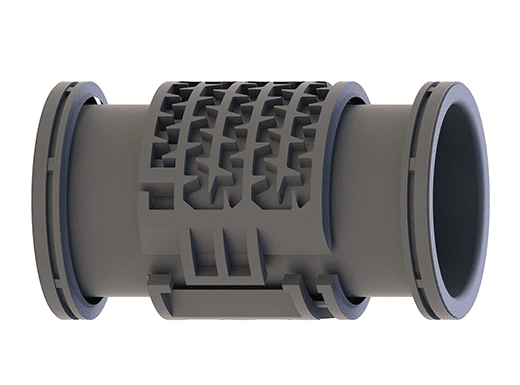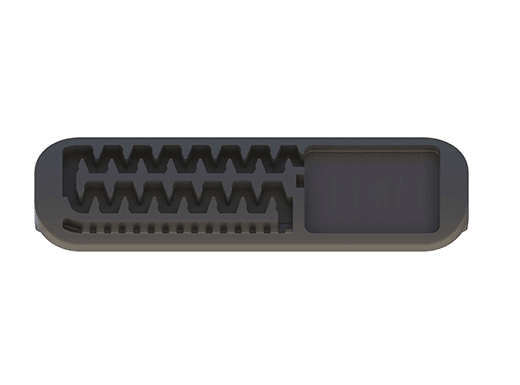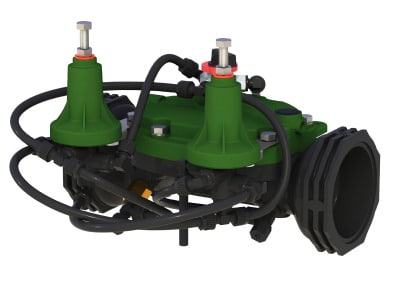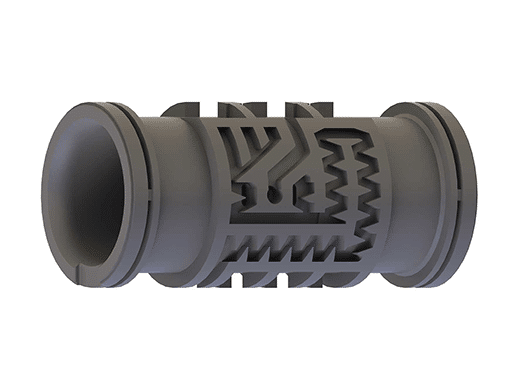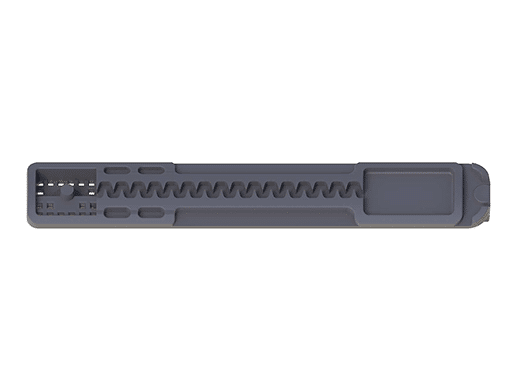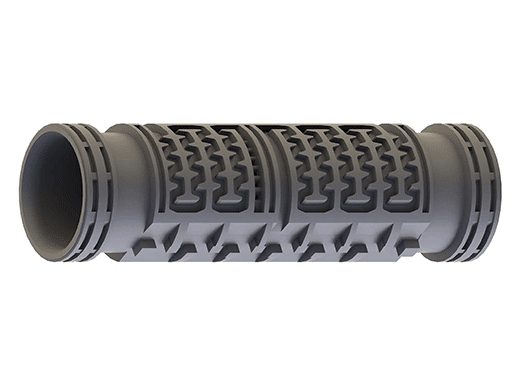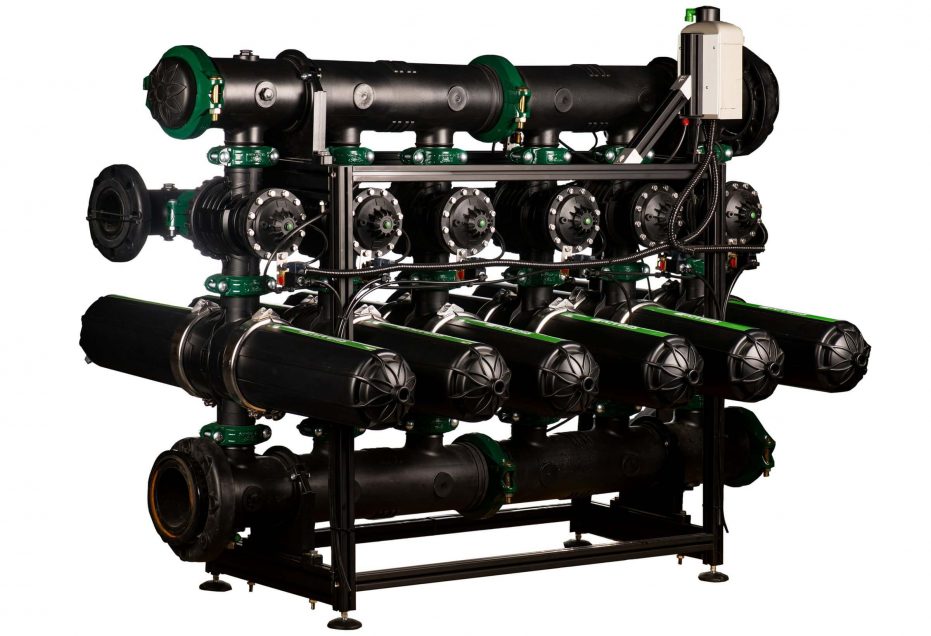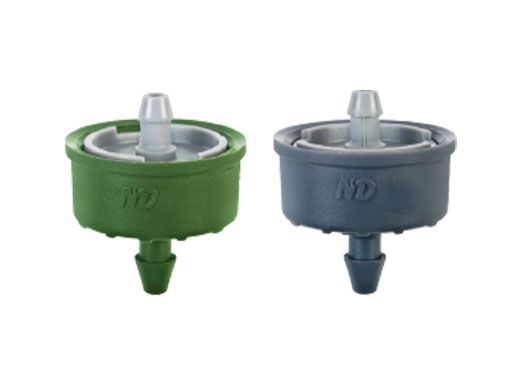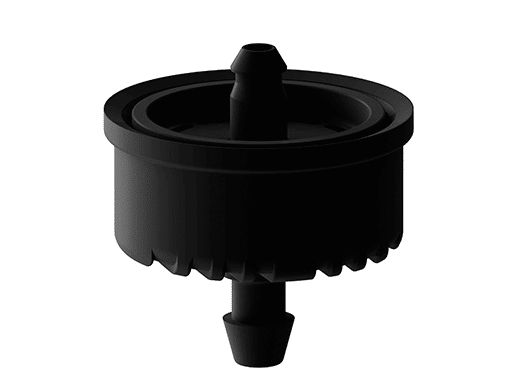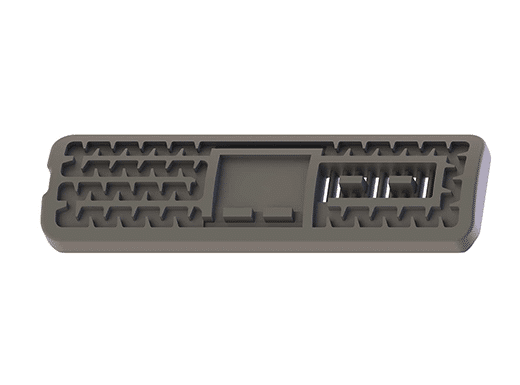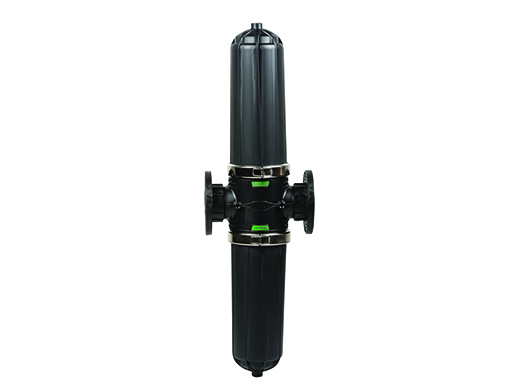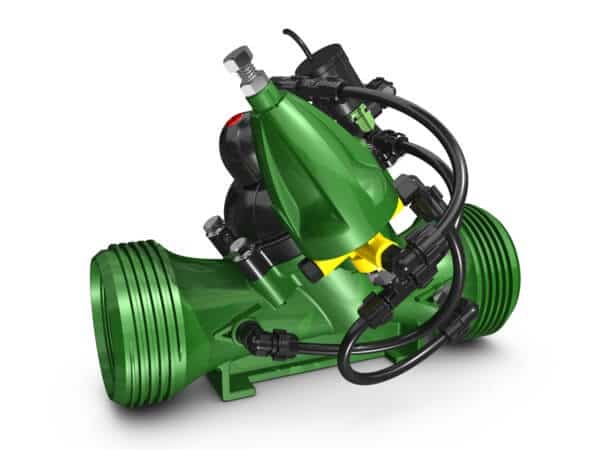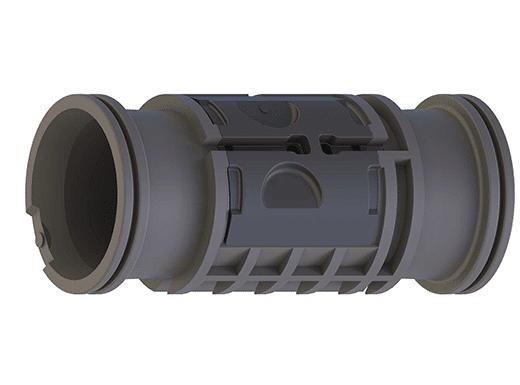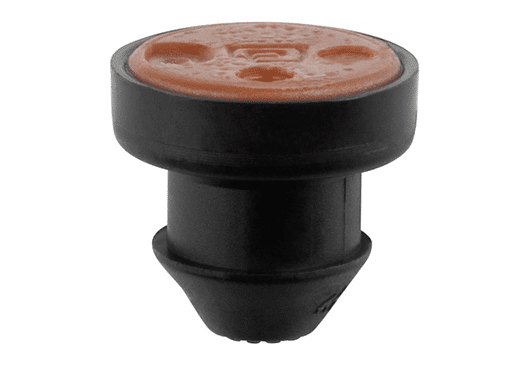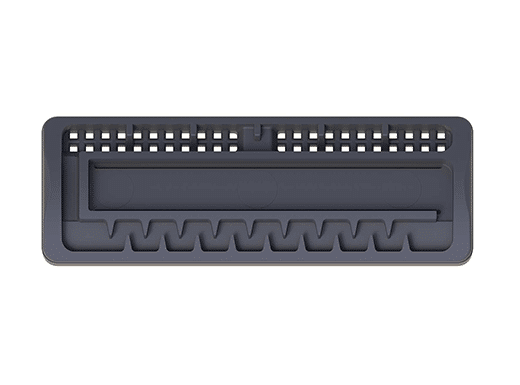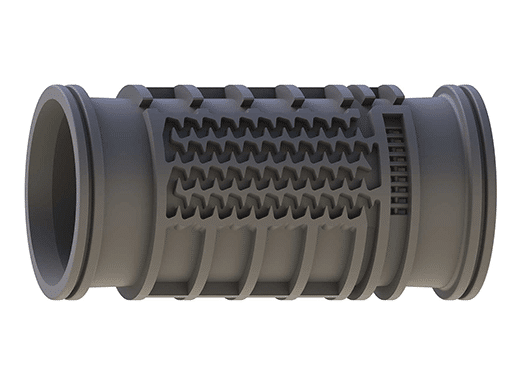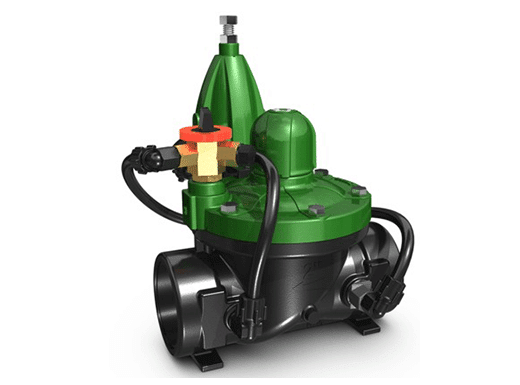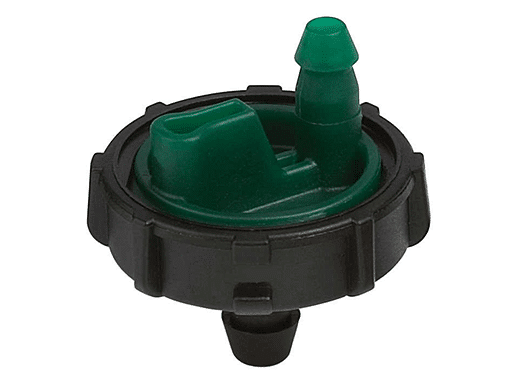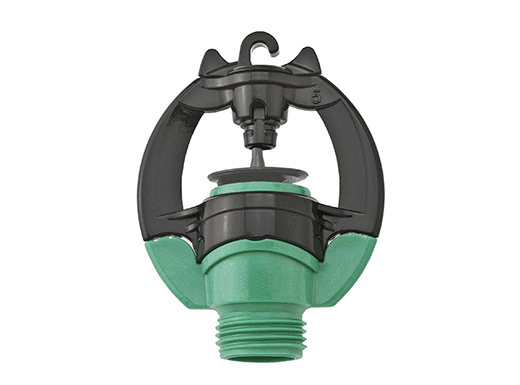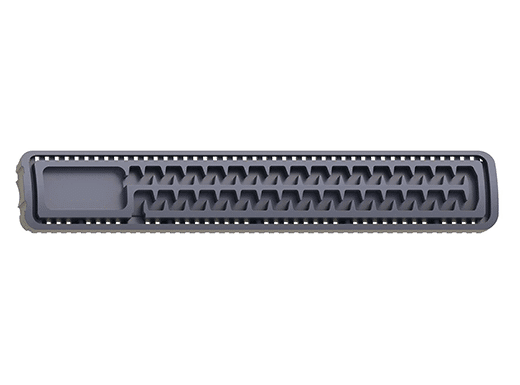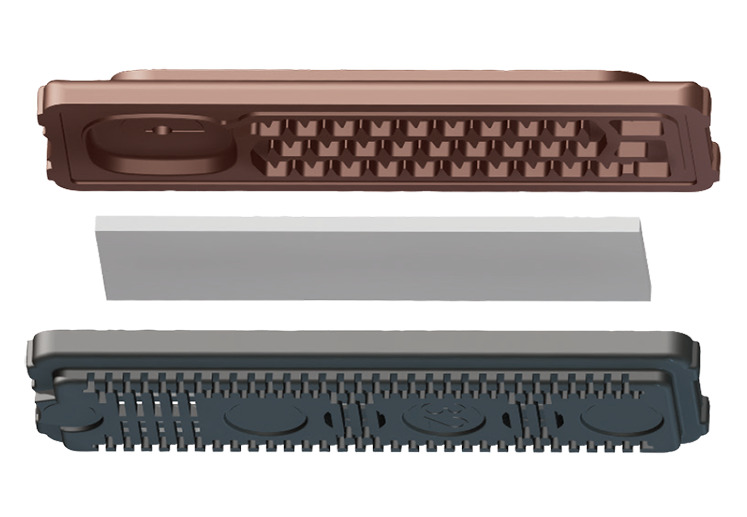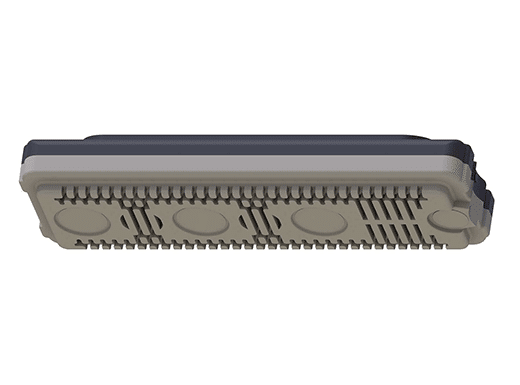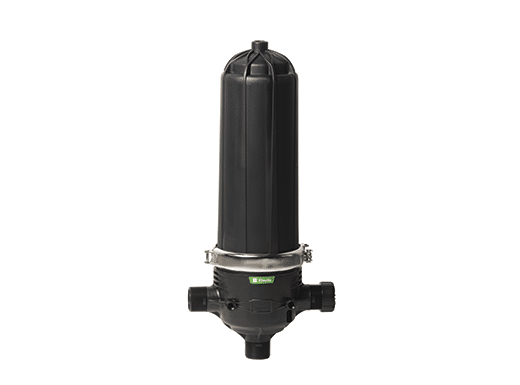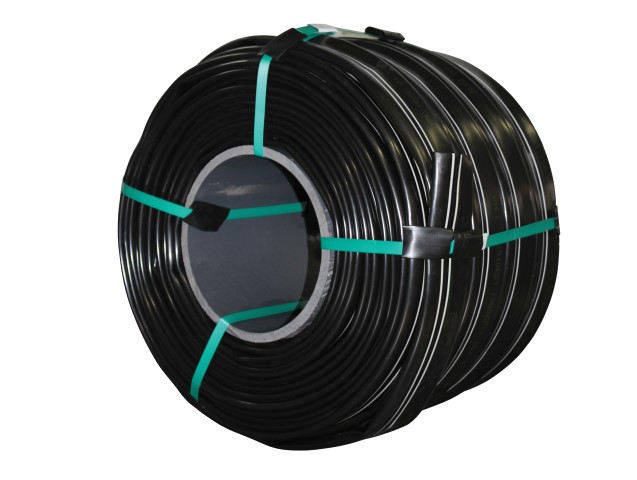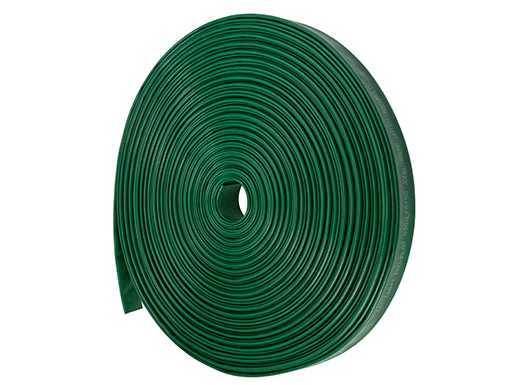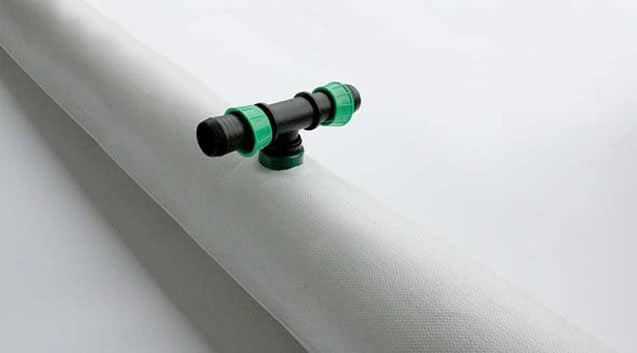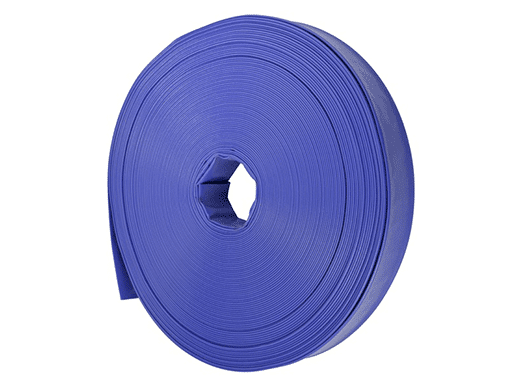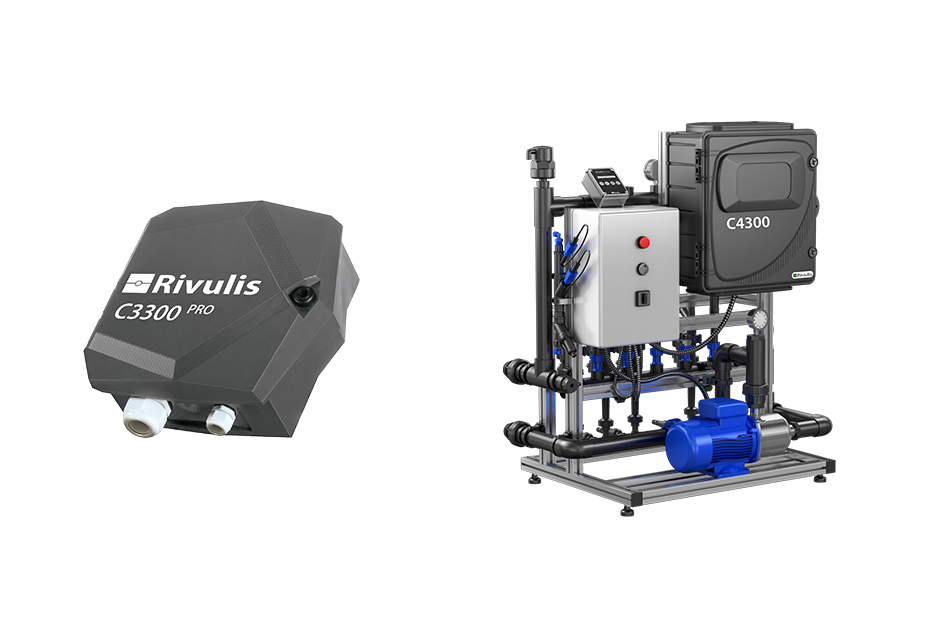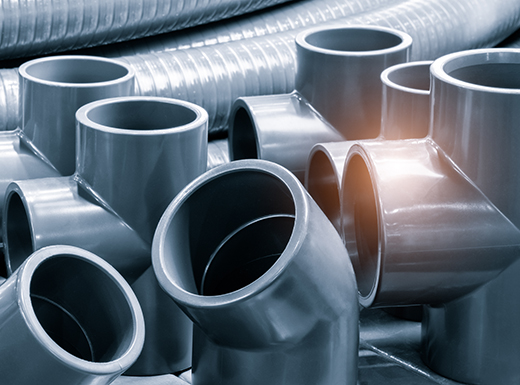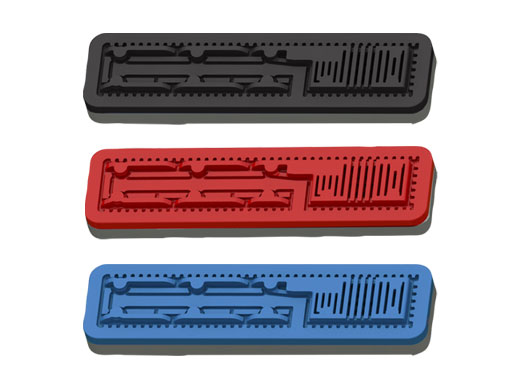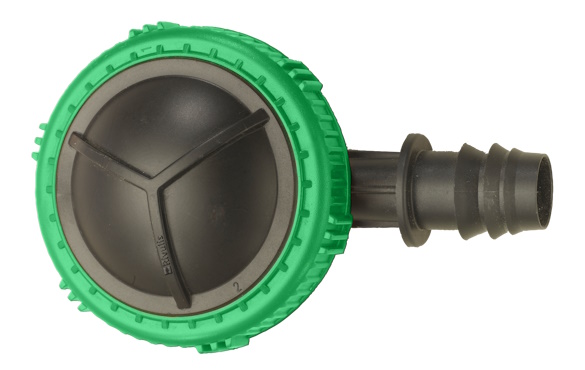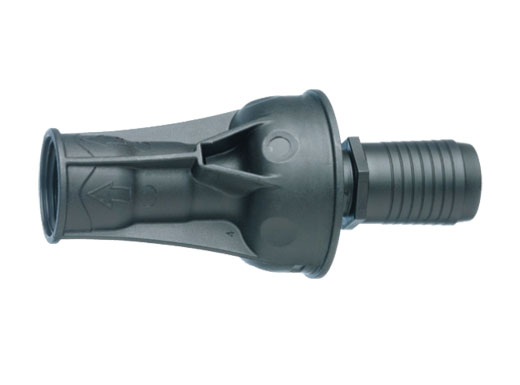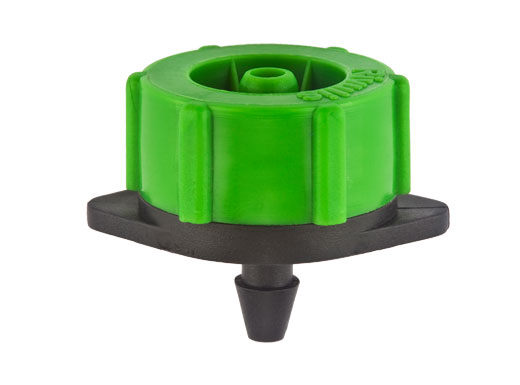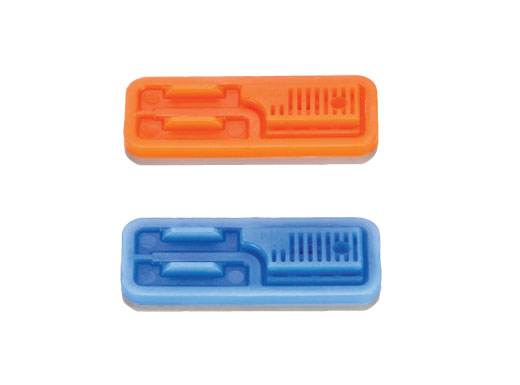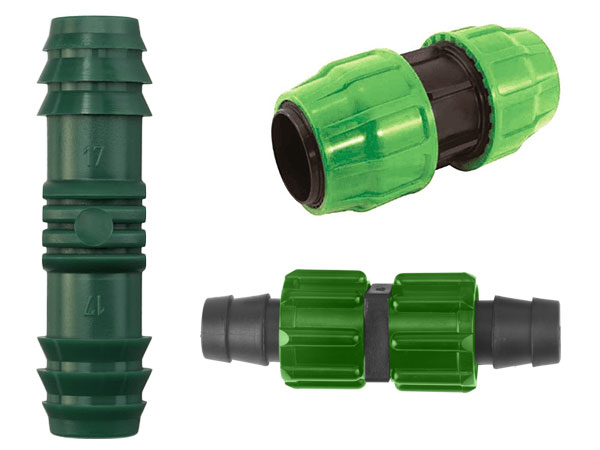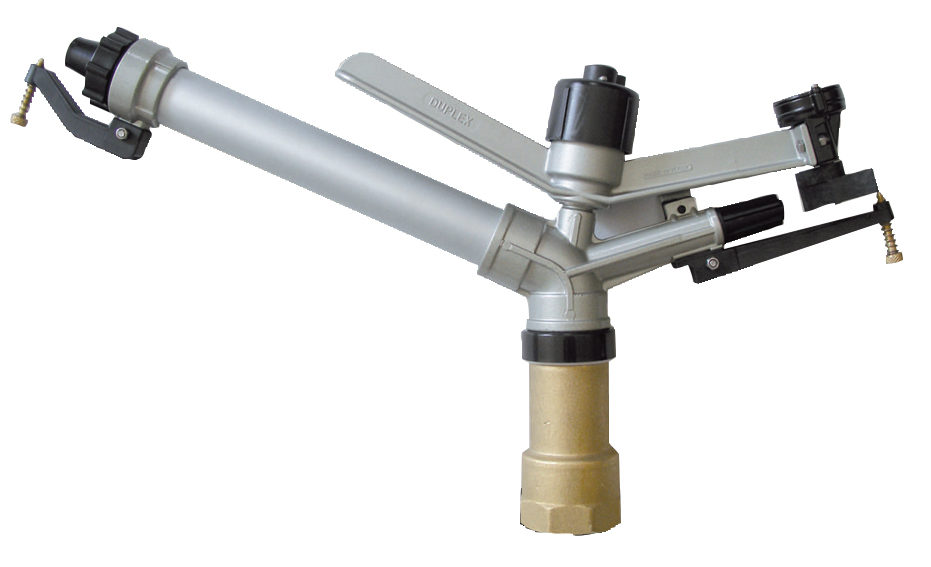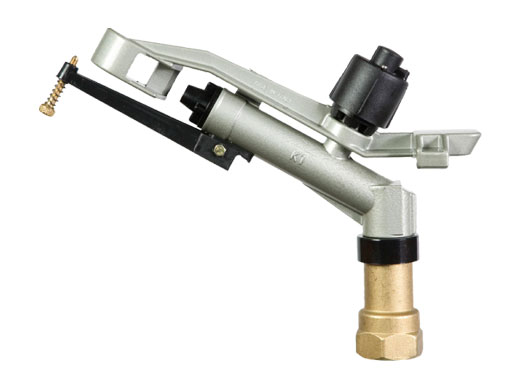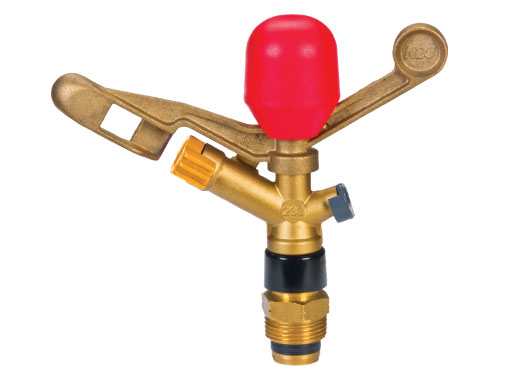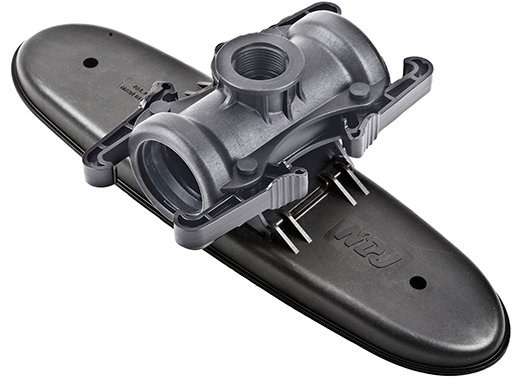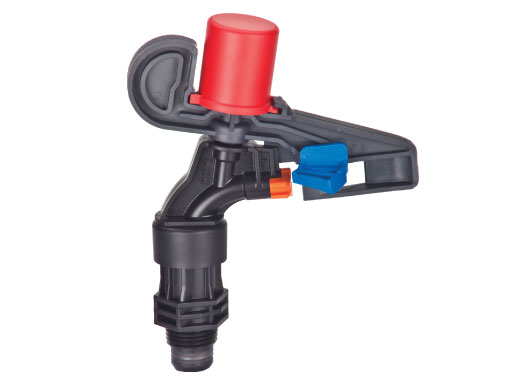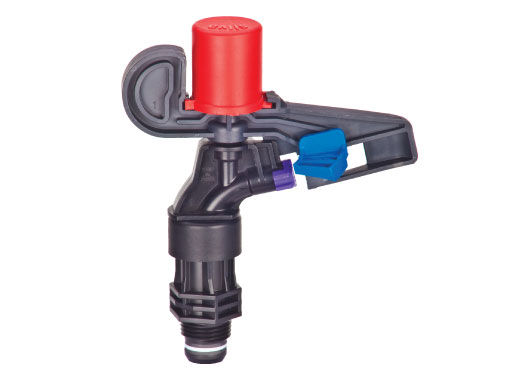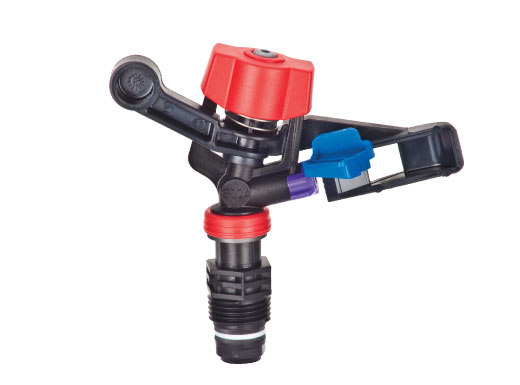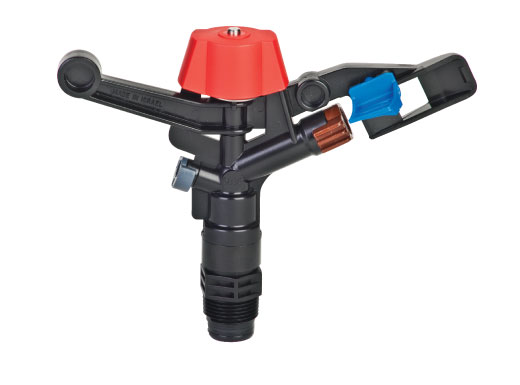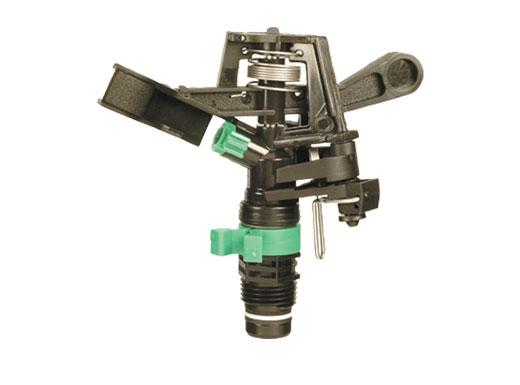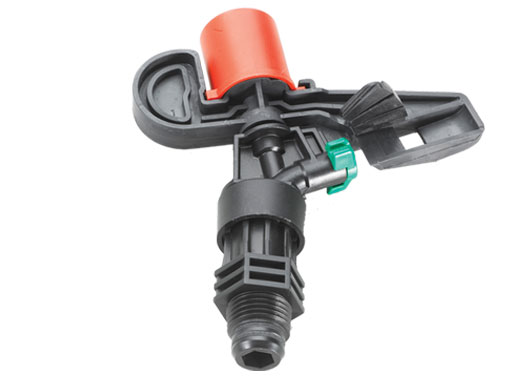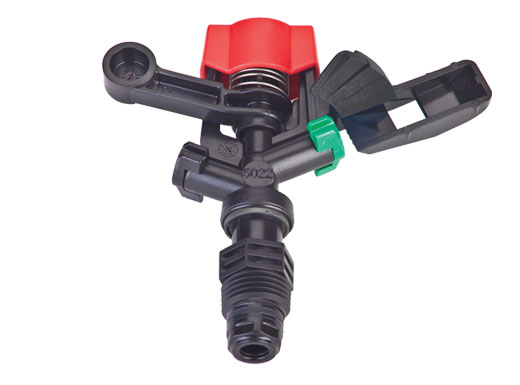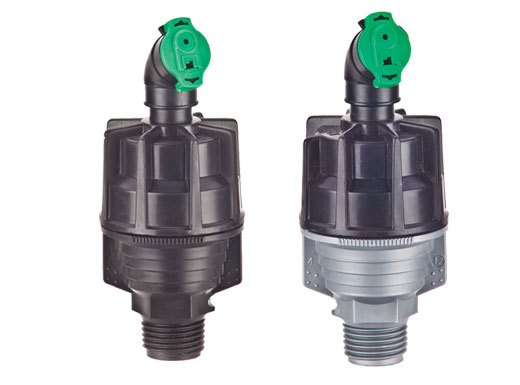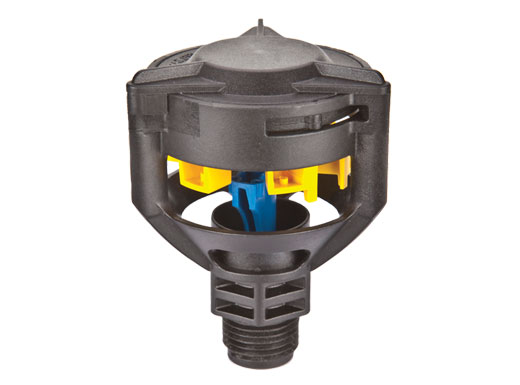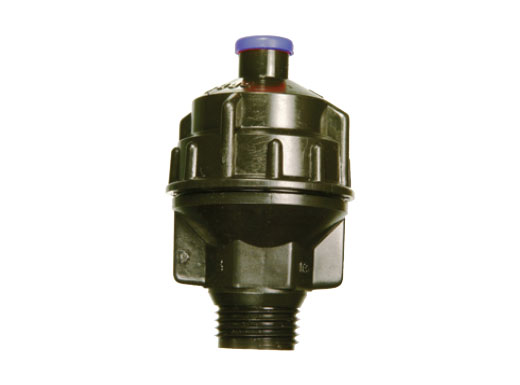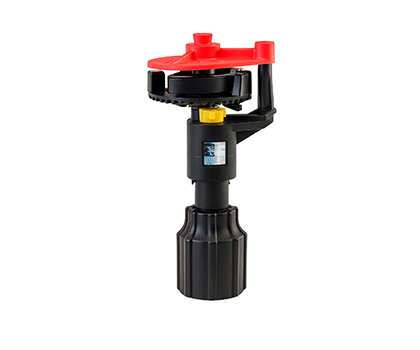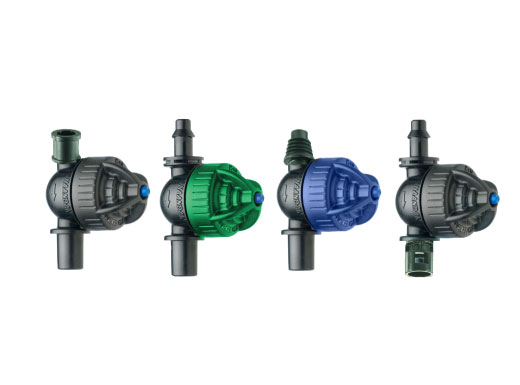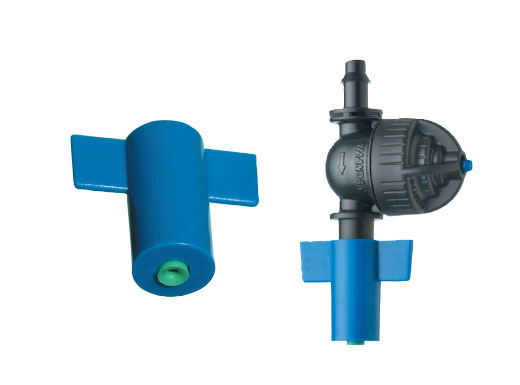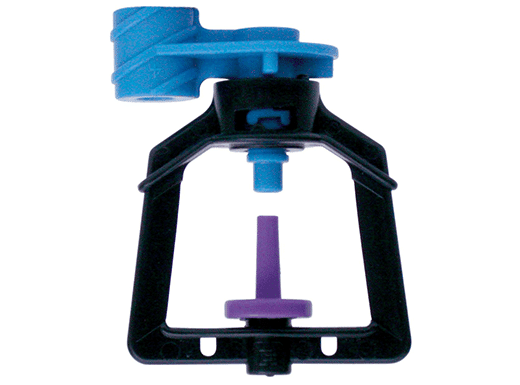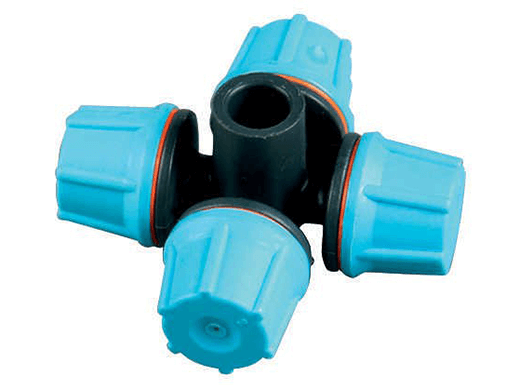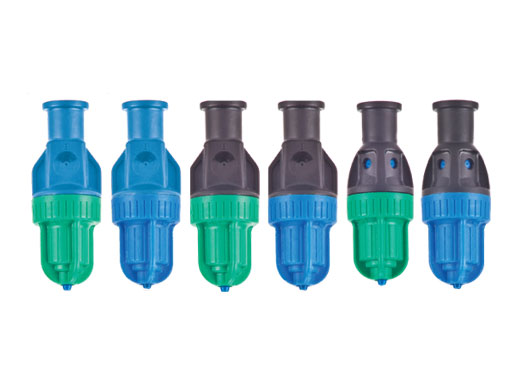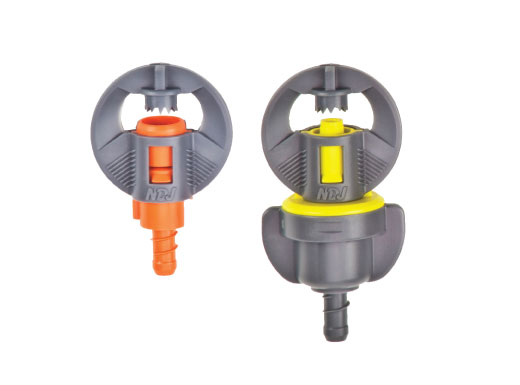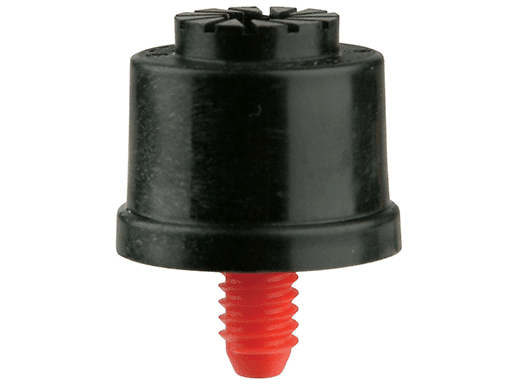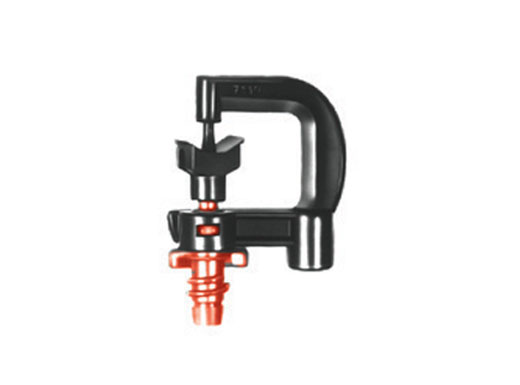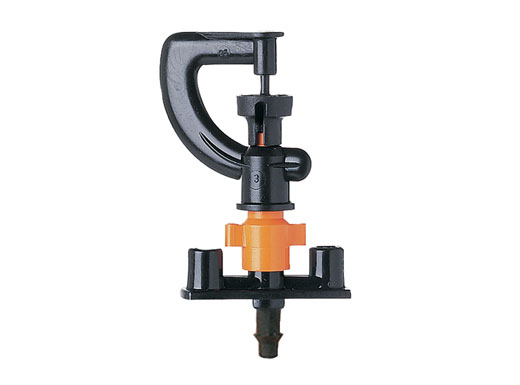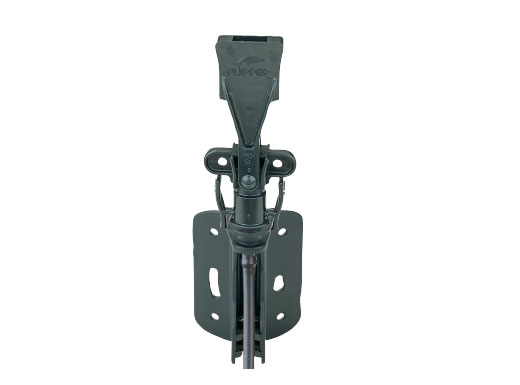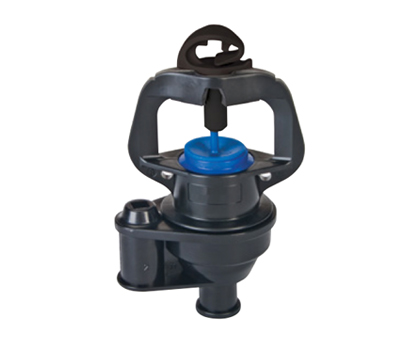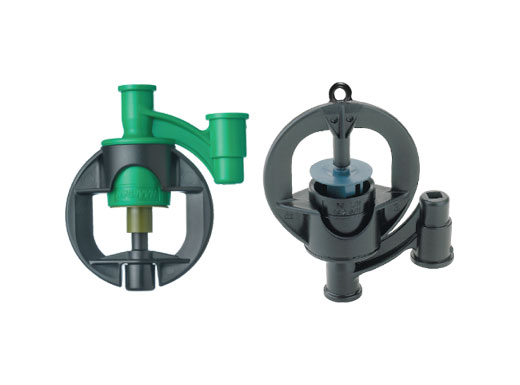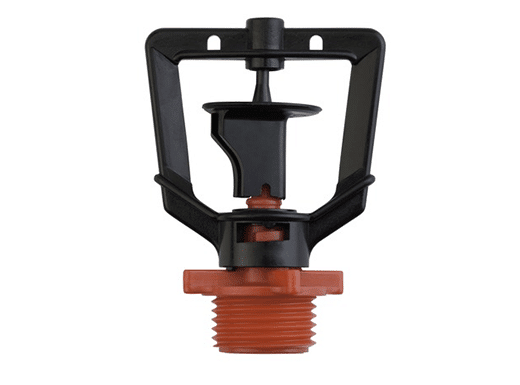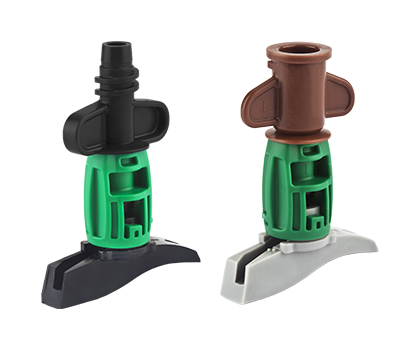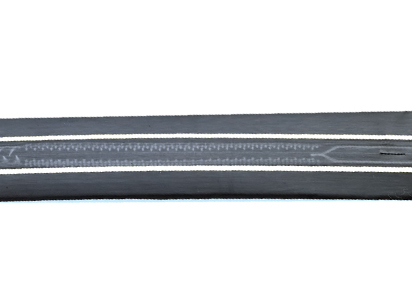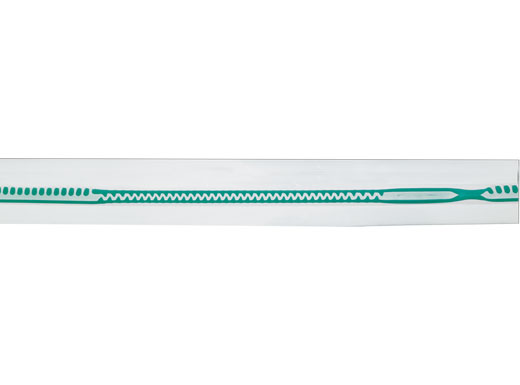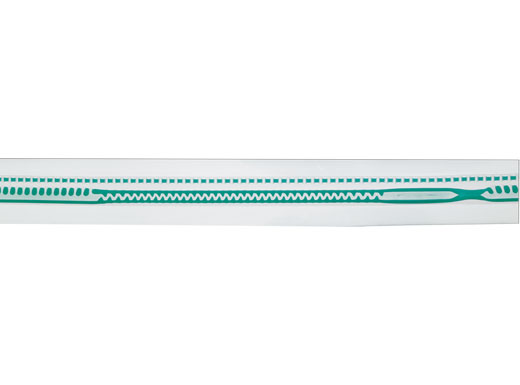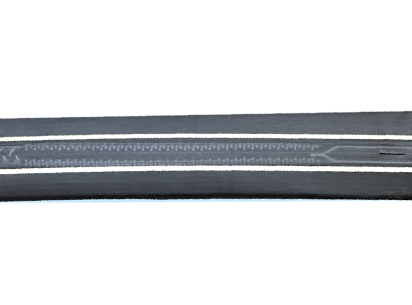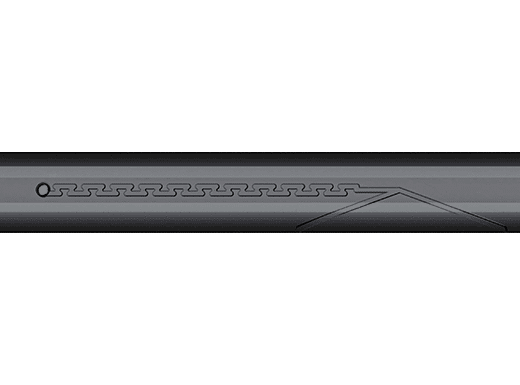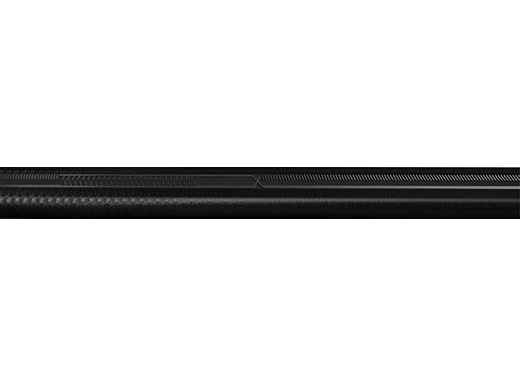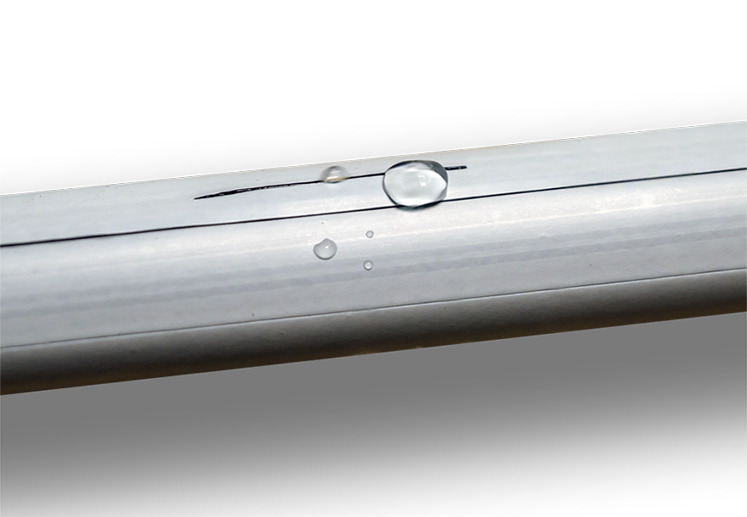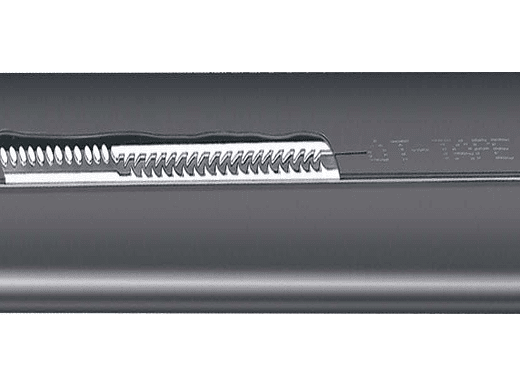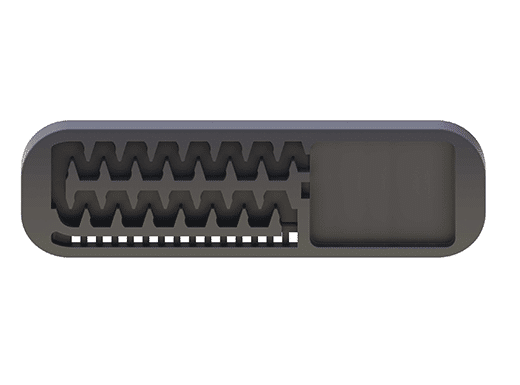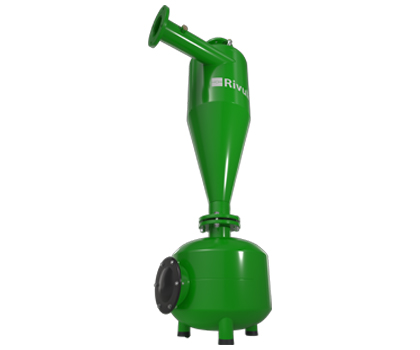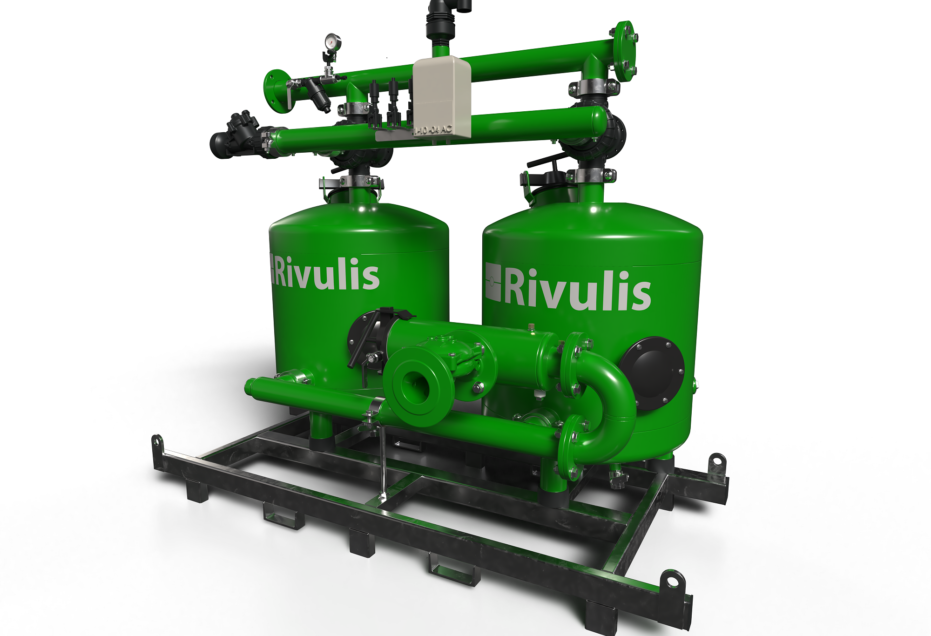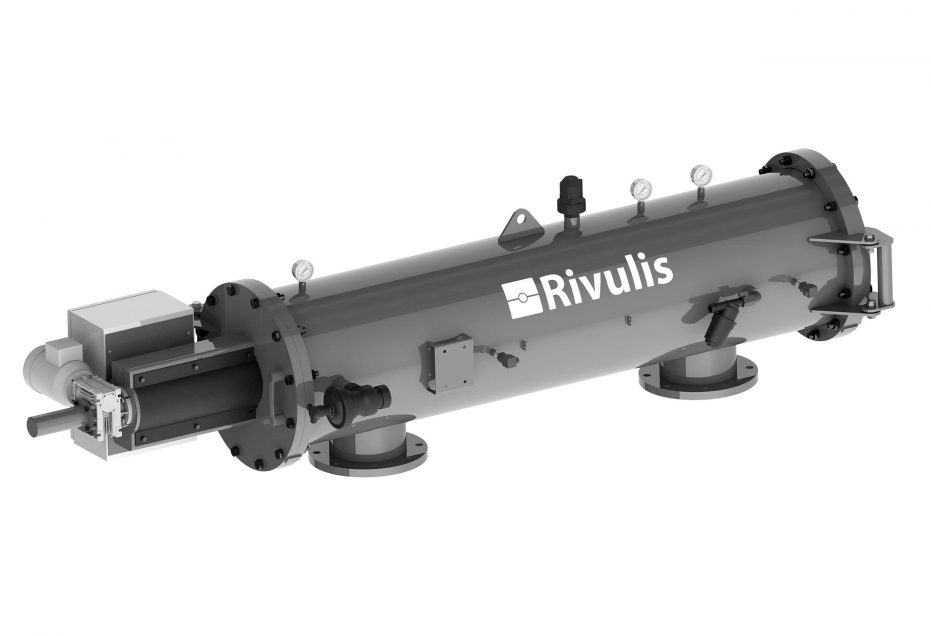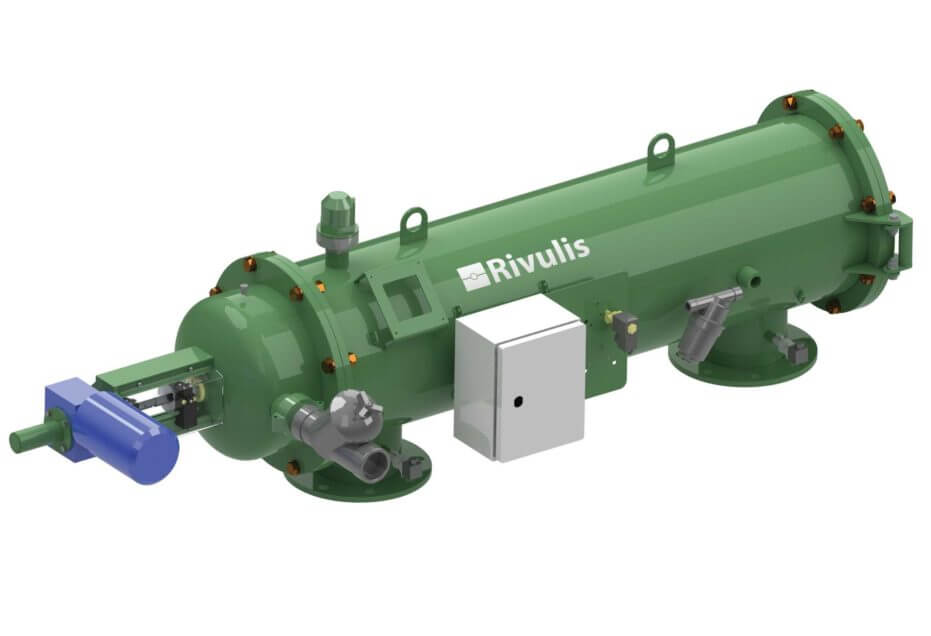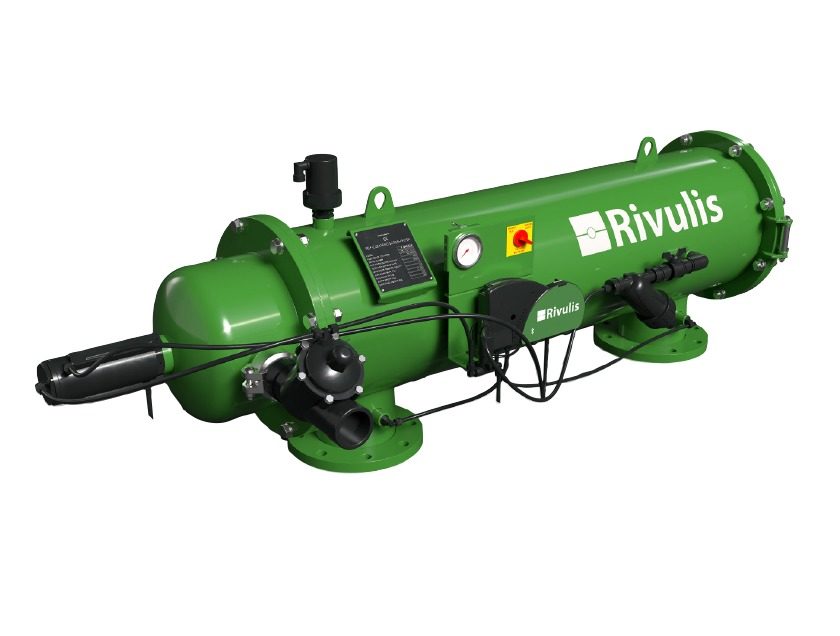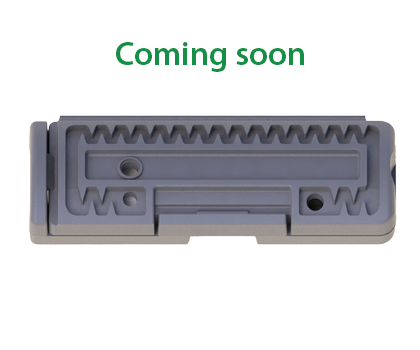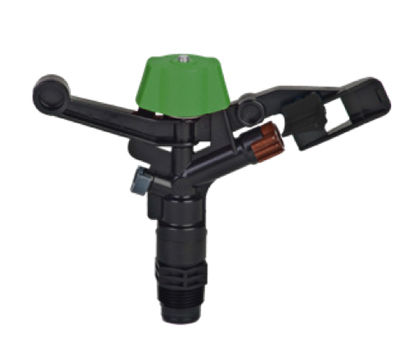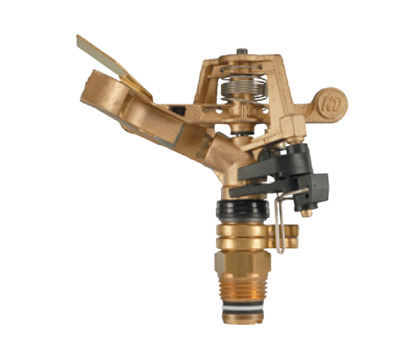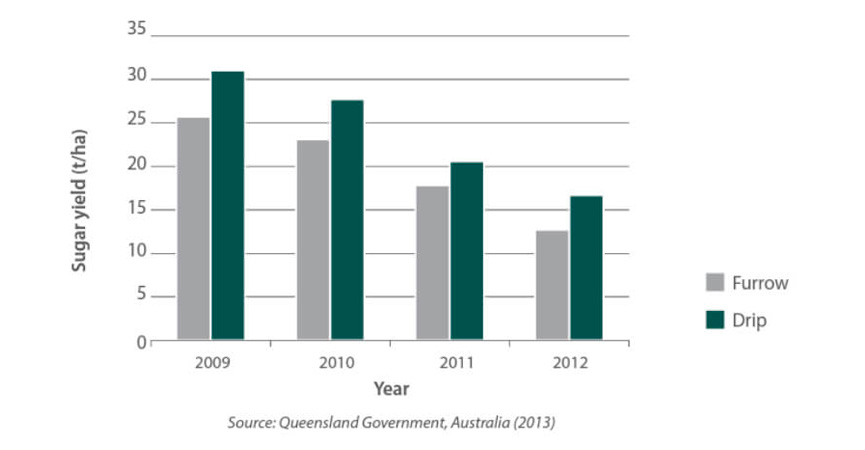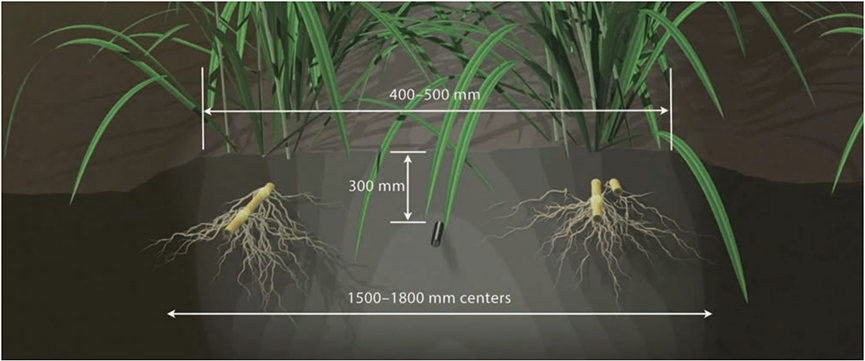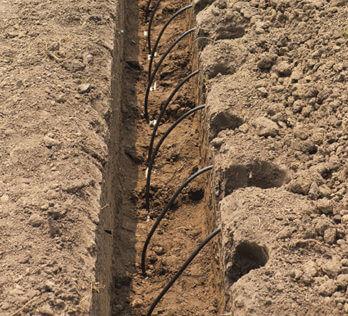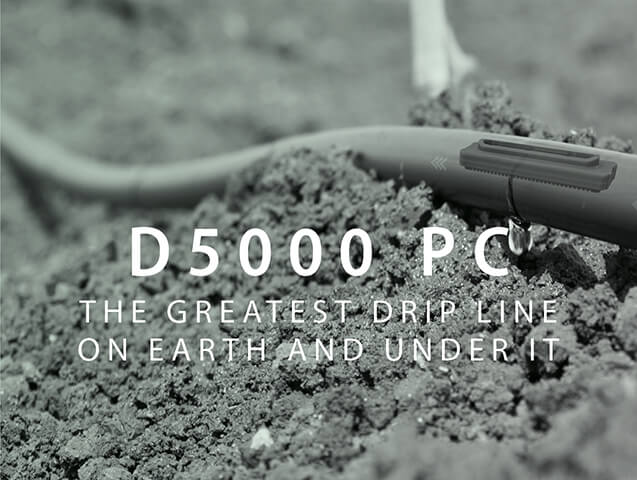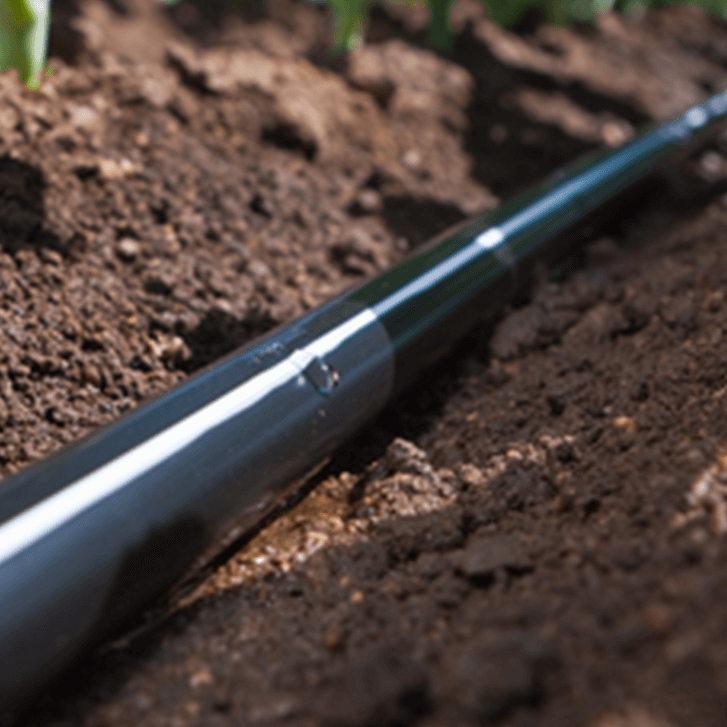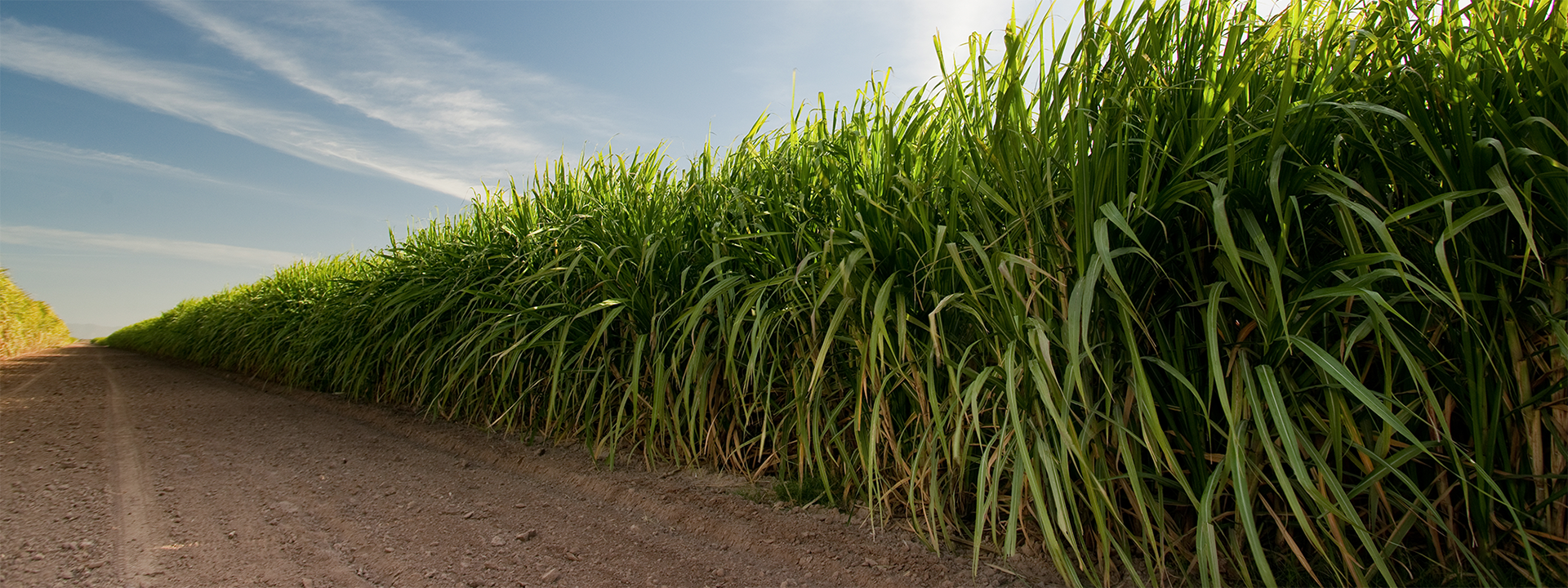
Sugarcane
Why is Irrigation Important in Sugarcane Grow?
Water Requirement
Sugarcane is a water-intensive crop, requiring a consistent supply of water throughout its growth stages. Irrigation ensures adequate moisture levels in the soil, promoting healthy crop development and high yields.
Although that might be true for every crop out there, when it comes to sugarcane, there are specific nuances that must be taken into account.
Ratoon health and number
After a sugarcane field is planted for the first time, it continues to exist and re-emerge from its root stalks, called ratoons. In the same way, a growing cycle from ratoons can also be called ratoon. Leaving the field and the ratoons to the mercy of nature might compromise substantially the ratoon’s health and number of seasons it provides.
Plant nutrition
An irrigation system is not only a way to deliver water to the plants, it is also a wonderful tool for delivering plant nutrients directly to the root zone. It is much harder to deliver plant nutrients accurately and efficiently without the help of an irrigation system.
Drip irrigation, for example, is a wonderful way to deliver the right nutrients in the right ratio at exactly the right time and quantity directly to the soil, without even wetting the foliage.
Commercial cane sugar (CCS) vs yield balance
The profit a sugarcane grower can make depends on the content of sugar that can ultimately be produced. Raising the sugar content in the plants is therefore paramount. However, having higher yields in this case does not necessarily mean having a higher sugar content. In this crop, the yield can actually come at the expense of sugar content within the plant tissue. Without controlled irrigation, this delicate balance can get out of hand. That is why a proper irrigation system is so important in sugarcane cultivation.
PVC Ball Valves
Cost-effective with simple ON/OFF control. Built tough with chemical and UV resistance for long-term reliability. (1/2’’ – 3’’)
Sprinkler & Jet Accessories
Stakes, meteor adaptors, tubing and spare parts to complete your system.
Mini-Combination Air Valve
Economical air valve solution that protects your irrigation system from the presence or absence of air.
F3440 Continuous Circulation Screen Filter
Combines the best of both filters with screen filtration and centrifugal separation in one filter for when a screen filter is required and there is a high sand load.
Air–Valves
Protect your irrigation system from water hammer, efficiency loss and suck-back.
V3200 Metal Control Valves
Metal valves for agriculture (1'’-16'’. Angle and straight options available). Unique patented springless diaphragm design in the valve chamber for reliable and precise operation of the installation.
V3500 Metal Control Valves
Metal agriculture valves (1" - 14". Angle and straight options available). Unique oval diaphragm design for minimum head loss.
NaanPC Max Drip Line
The pressure-compensating function of the Naan PC Max maintains a consistent flow, season after season. Its consistent flow rate and precise delivery of water and nutrients make this Drip Line an ideal solution for slope fields, vineyards hanged solutions, or where long laterals are required. Its high-quality silicon diaphragm prevents flow rate variations, and its long-term reliability ensures the highest durability and excellent performance of the Naan PC Max.
PC2 Drip Line
Dependable cylindrical PC drip line for uniform flows for a wide range of multi-season applications.
V3000 Metal Control Valves
Metal agriculture valves (2" - 10". Angle and straight options available). Piston valve range for maximum control.
Dripper Accessories
Pegs, tubing, tools and adaptors for greenhouse and soilless applications.
TalDrip Gen2
The extended run lengths of the TalDrip Gen2 will unlock your farm’s full potential. The longer run lengths, with a smaller tube diameter, reduce installation costs and promote environmental friendliness. With our product, irrigate longer rows for increased efficiency, fewer tractor turns, reduced fuel consumption, and greater productivity. It allows consistent harvests by achieving dependable crop yields through improved irrigation uniformity over extended run lengths, and its large filtration area ensures optimal performance.
TurboExcel
TurboExcel is an innovative thin/medium wall dripline solution, incorporating an enlarged dripper to excel in demanding conditions, suitable for multi-season and subsurface applications. Its advanced labyrinth design guarantees unparalleled precision, resistance to clogging, and reliability.
Eolos / Classic Drip Line
Trusted by farmers worldwide for over 25 years. Eolos features a wide range of wall thickness from 5 mil for single season crops to 35 mil for multi-season crops
NGR Drip Line
Cylindrical dripper with 4 outlets per dripper. Perfect for multi-season use.
Compact Drip Line
Maximize your run length with a high performing thin wall drip line. Ideal for single season crops.
V2500 Plastic Control Valves
Plastic agriculture valves (1.5" - 8". Straight). Unique oval diaphragm design for minimum head loss.
R5000 PC Drip Line
The latest innovation of cylindrical PC drip line developed through the synergistic expertise of Israel and Greece engineering teams. The result, the next generation of PC cylindrical drippers that delivers consistent flows despite sloping ground or very long run lengths.
Hydrodrip Drip Line
The ideal solution for multi-season crops with 10 - 25 mil wall thickness.
GR Drip Line
With an extra-large cylindrical dripper, this drip line has been trusted by growers for over 35 years.
F7250 Automatic Disc Filter / Hybri-Disc
Modular designed filtration unit for easy capacity expansion and plug-and-play installation. Automatic disc filter combines the effectiveness of media filtration and the efficiency of screen filters in one filter. 3 dimensional filtration allows for outstanding organic matter removal. A fast and efficient backflush helps you save on input costs. Pre-assembled units available complete with controller, backflush valves and stand. From now on our disc filters incorporate the innovative Hybri-Disc technology. Available for filtration degrees of 130 microns.
ClickTif Online Dripper
ClickTif is a reliable heavy duty pressure-compensating (PC) & no-drain (ND) online dripper, designed for many of applications, including greenhouses, nurseries, orchards, vineyards, landscaping and garden plots. The ND model ensures efficient pulse irrigation and irrigation in soilless conditions, while preventing surplus drainage in low places.
Supertif PC/PCND Online Dripper
The most advanced online dripper with 25 different configurations of flow rates, outlets, pressure compensating and no-drain features, for maximum performance and flexibility. Ideal for intensive horticulture, greenhouse and soilless applications, including advanced pulse irrigation systems where precise opening and sealing pressures are required.
- English (Metric)
- English (Metric) - Supertif PC & PCND
- English (US Measurements) - Supertif PC
- English (US Measurements) - Supertif PC ND/NDH
- French - Supertif PC
- French - Supertif PC & PCND
- Greek
- Italian - Supertif PC & PCND
- Portuguese (Portugal) - PC & PCND
- Portuguese (Brazil) - PC & PCND
- Russian - Supertif PC & PCND
- Spanish (Spain) - Supertif PC
- Spanish (Spain) - Supertif PC & PCND
- Spanish (Mexico) - Supertif PC
- Spanish (Mexico) - Supertif PC ND/NDH
- Spanish (Latin America) - Supertif PC & PCND
- 中文(公制)
- English - Supertif & Hydrobloom - Pot irrigation
- Spanish - Supertif & Hydrobloom - Pot irrigation
- French - Supertif & Hydrobloom - Pot irrigation
- Italian - Supertif & Hydrobloom - Pot irrigation
D1500 Drip Line
Flexible drip line with thin wall options for single season crops and thicker wall options for multi-season crops. D1500 features outstanding clogging resistance due to its extra-large flow path design.
R2000 Drip Line
Heavy wall cylindrical dripper with 4 outlets in every dripper. Perfect for multi-season use.
F7050 Disc Filter
Plastic manual disc filters for in-field backup filtration and primary filtration on small farms.
V2000 Plastic Control Valves
Plastic agriculture valves (2" - 6". Angle and straight options available). Piston valve range for maximum control.
Hydro PC/PCND Drip Line
Built to Last. Over 25 years and 1,300,000,000 meters sold. Over 25 years ago, Rivulis Hydro PC set the standard for reliability. Over one billion meters later it still does. The PC mechanism ensures uniform flow over sloping ground and the PCND option enables pulse irrigation. Trust the Rivulis Hydro PC range of products for long-term horticultural applications including orchards, vineyards and greenhouses.
- English - PC/PCND
- English (US Measurements) - PCND
- French - PC/PCND
- Italian - PC/PCND
- Italian - Reserve
- Polish - PC/PCND
- Polish - Hydrobloom PC
- Portuguese (Portugal)
- Spanish (Spain) - PC/PCND
- Spanish (Mexico) - PCND
- Spanish (Spain & Latin America) - PCND
- Spanish (Latin America) - PC/PCND
- 中文(公制)
Katif PC Online Dripper
A pressure compensated online dripper for in-field applications. Through advanced engineering, the Katif PC is one of the smallest PC drippers in the world, providing a compact profile to help protect from damage.
D1000 Drip Line
The world's first thin wall molded emitter with ActiveFlexTM, and a slit outlet to prevent soil ingestion at shut-off in shallow burial applications.
Hydrogol Drip Line
Robust cylindrical dripper suitable for the harshest of conditions in multi-season horticulture, landscape and mining.
F6400 Semi-Automatic Screen Filter
Semi-automatic plastic screen filter. Save labor with simple flushing. Just open the flushing valve and rotate the handle.
V1000 Plastic Control Valves
Ideal for small farms and landscape applications. (1" - 2" Plastic)
E1000 Online Dripper
An online dripper with easy to open, take-apart body for easy cleaning. Use in-field or connect to tubing and pegs for soilless applications. Great for organic applications where dripper clogging is a major challenge. The take-apart dripper enables easy removal of organic fertilizer residue.
S2000 / S2000 PC
High performance micro sprinkler, available in PC and non-PC options.
Only available for purchase in Asia Pacific
D2000 Drip Line
One of our newest drippers, D2000 is a large dripper and features a dual-directional inlet filter designed specifically for a medium-heavy wall drip line.
Rivulis D5000 PC AS CX Drip Line
Part of the D5000 range, the D5000 PC AS CX is a significant advancement in drip technology in recent times, having set a new standard in performance and reliability.
D5000 PC/AS/ND Drip Line
The greatest drip line on earth, and under it. The Rivulis D5000 PC sets a new standard in drip line technology. Rivulis D5000 PC is the drip line to choose if you’re in the business of growing great crops. Multiple options: PC for uniform flow over sloping grown, AS for added anti-siphon protection, ND (no-drain) for pulse irrigation, and CX with copper oxide - a safe and hassle-free solution to reduce root intrusion in subsurface drip applications.
F6150 Screen Filter
Plastic manual screen filters for in-field backup filtration and primary filtration on small farms.
Rivulis Oval Hose
Rivulis Oval Hose is the ideal submain solution. Manufactured from premium polyethylene resin, it presents a cost-effective advantage in terms of shipping and storage thanks to its shape.
Pro-Flat Layflat
Layflat for when extra performance is required. Only available in USA & Mexico.
H6500 PE Layflat
New seamless pipe construction technology. Pre-installed outlets for durability and easy installation in field, and no seam. Available in USA and Turkey.
H6000 PE Layflat
Advanced layflat technology with pre-installed outlets for durability and easy installation in field. USA and Turkey - H6500 PE is available.
H5000 Layflat
The top choice layflat, available in standard and high pressure models.
Automated fertigation injection systems
The ultimate tool for precision fertigation. Giving you the ability to accurately deliver nutrients and control pH for optimal plant growth.
PVC Molded Fittings
Made from high quality uPVC compound – the Rivulis range of PVC fittings feature corrosion and chemical resistance to most acidic and alkaline solutions used in agriculture.
AMNON PC/AS/ND
Amnon PC/AS/ND is an innovative pressure-compensating dripline designed for precise and efficient irrigation. Thanks to its cascade labyrinth drippers it's perfect for challenging terrains and long lateral installations, supporting accurate subsurface drip irrigation (SDI) in orchards, open field vegetables, and greenhouses, while offering the versatility of pulse irrigation with the ND model.
Lateral Flush Valve
Automatic lateral flush valve for efficient dripline maintenance. Suitable for both surface and subsurface drip irrigation applications, this valve is designed to support installations that require regular flushing, ensuring optimal system functionality at all times.
Lateral LPD
Drip line leakage prevention device. Installed at the beginning of drip laterals, it improves irrigation uniformity by synchronizing lateral opening and closure along the sub-main.
E800 Online Dripper
E-800 is a user-friendly, easy take-apart online dripper, designed to simplify your irrigation system. It's perfect for orchards, vineyards, greenhouses, nurseries, and landscapes, and for those facing challenging water conditions, as it allows for easy opening and cleaning of the emitter.
TopDrip PC/AS
TopDrip PC/AS dripline is engineered for heavy duty surface and subsurface drip irrigation applications. Its cascade labyrinth drippers make it ideal for challenging terrains and long lateral installations in open field vegetables, orchards and other multi-seasonal applications.
Drip Line, Drip Tape & Layflat Connectors
All Rivulis connectors are quality tested to ensure a firm, leak-free seal.
280
Very large (2') sprinkler, suitable for permanent and supplementary irrigation of sugarcane, maize, cotton, pasture and plantations.
260
Metal impact sprinkler, suitable for permanent and supplementary irrigation of sugarcane, maize, cotton and pasture.
233B, 234
Heavy duty metal construction overhead sprinkler for enhanced durability. Ideal for frost protection applications.
Irristand
Efficient sprinkler system stand for fixed systems, suitable for all field and greenhouse applications.
Elite
Heavy-duty stand for solid-set sprinkler systems, designed for quick and easy assembling.
6004 SD
Very low angle plastic impact sprinkler, suitable for orchards and plantations.
6024 SD
Plastic impact sprinkler, featuring low angle and low volume specs. Suitable for under canopy irrigation in orchards and plantations.
5024 SD
Plastic impact sprinkler, featuring low angle and low volume specs. Suitable for orchards and plantations.
5035 SD
Plastic impact sprinkler, suitable for general field use with solid-set irrigation systems.
427 GAG, 427B AG-U
Plastic impact sprinkler, specifically designed for irrigation of field edges.
6025 SD
High impact plastic sprinkler, suitable for irrigation and germination of vegetables, field crops and flowers.
5022 SD
Uniquely designed plastic impact sprinkler for irrigation and germination of vegetables, flowers and nursery crops.
Super 10
Compact, sturdy plastic ball driven sprinkler for irrigation and germination of vegetables, flowers, and nursery crops.
Magic Drive
Maintenance-free, heavy duty, non-Impact 1/2” sprinkler for irrigation and germination of vegetables and field crops, or for overhead cooling in orchards and plantations.
Mamkad 16
Low-volume, ball-driven sprinkler, suitable for vegetables, greenhouses and landscape applications.
501-U
Turbo hammer low-volume sprinkler mounted on IrriStand 50.
Super LPD
Low-pressure bayonet for GreenSpin and Hadar 7110 for greenhouse irrigation.
Green Mist
Double-purpose emitter for misting and irrigation over propagation benches, suitable for greenhouse applications.Double-purpose emitter for misting and irrigation over propagation benches, suitable for greenhouse applications.
Rondo Mist Sprayer
A mister that delivers a fine mist of 150 micron water droplets for germination in greenhouses.
Fogger
A reliable solution for cooling or humidifying of greenhouses.
FLF Fogger
Foggers to manage humidity and temperature in your greenhouse environment.
Super Fogger
An optimal and economical solution for cooling, humidifying and chemical spraying in greenhouses.
Smart Jet
Full and wide range static jet, offering pressure compensating and insect proof options. Ideal for orchards and landscape applications.
Tornado Ray Jet Sprayer
A jet sprayer with no moving parts. The vortex flow chamber delivers the best clogging prevention in hard water conditions. Provides flexibility for different applications, including inverted positioning for young trees in orchards, and upright for mature trees and for a larger wetting diameter.
Hadar 7110
A micro sprinkler with modular construction and bayonet coupling, suitable for irrigation, propagation and micro climate.
Modular
Complete range of micro sprinklers and micro jets, for applications in orchards, vegetables and landscape.
Flipper
The most efficient frost protection for vineyards and other row orchards, featuring large droplets and optional flow regulator.
AquaSmart 2002
A versatile, flow-regulating microsprinkler for orchards and vineyards with a variety of connection andstand options.
AquaMaster 2005
Reliable solution for under-tree,overhead irrigation and greenhouse, featuring simple and user-friendly structure.
Rondo/RFR Micro Sprinkler
Trusted micro sprinkler suited for a wide range of applications including the classic Rondo for vegetable and orchard irrigation, RFR for pressure compensation on sloping ground, and the inverted Rondo for greenhouses and nurseries. Also suitable for frost protection.
Super Green Spin
Bridgeless non-drip inverted micro sprinkler engineered for superior wear resistance and exceptional uniformity performance. Ideally suited for overhead irrigation in greenhouses.
Chapin STF
Chapin STF is the grower’s choice for diversified high value crop production where soil water distribution uniformity is critical to ensure the uniform application of water and nutrients to the plants.
Chapin BTF
A pioneering product in drip tape technology, Chapin BTF has been trusted by growers for decades. Ideal for vegetables and strawberries, its configurations are optimally designed for these precise applications.
Chapin DLX
Chapin DLX features a continuous filtration channel that runs the entire length of the tape. With 10,000 filters per every 100 feet of tape, it offers an elevated level of safeguarding against clogging.
RIVULIS DEFEND
The world’s first drip line & drip tape capable to defend itself against insect damage.
Rivulis Defend is designed to reduce total system costs. Available in all Rivulis and Eurodrip thin wall drip lines and drip tapes. Contact your Rivulis representative to find out if Rivulis Defend is available in your country.
# Rivulis Defend contains a pyrethroid substance (insecticide) which poses certain health hazards/risks, or which can cause certain health effects. Therefore, always use according to the safety instructions attached to the product and the SDS which can be downloaded from this website.
# available only for Austria, Portugal, Spain, Romania, Italy & Ukraine.
- MSDS DEFEND Deltamethrin (English)
- MSDS DEFEND Bifenthrin (English)
- MSDS DEFEND Deltamethrin (Spanish)
- MSDS DEFEND Bifenthrin (Spanish)
- MSDS DEFEND Deltamethrin (Italian)
- MSDS DEFEND Deltamethrin (Portuguese)
- MSDS DEFEND Deltamethrin (Ukrainian)
- MSDS DEFEND Deltamethrin (Moldovan)
Turbo Tape
Turbo Tape is a high-performance, superior clogging resistance and cost effective drip tape, recommended for crops with high planting densities requiring excellent soil distribution uniformity and high yield and quality performance.
Ro-Drip Drip Tape
Drip tape with a unique expanding vortex flow path labyrinth that expands with increased pressure for easy cleaning. If you are new to drip irrigation, or have very poor quality water, Ro-Drip is the answer.
T-Tape Reserve Drip Tape
We took our world renowned, high performance T-Tape solution and engineered it to have the highest tensile strength and a higher operating pressure range, for use in the most challenging conditions. Available in limited geographies.
T-Tape White Drip Tape
The same ultimate trusted T-Tape is now offered in a solution that provides a more environmentally friendly option. Our commitment to investing in innovation in sustainable farming has enabled multi-layer blown film resin construction, meaning that the drip tape can be produced with composite layers that optimize product performance.
Rivulis T-Tape Drip Tape: Best by Far Water Application
For over four decades, T-Tape has been the most well-known drip tape in the world and remains the trusted choice for growers around the globe. Since 1977, T-Tape has embodied reliability, durability, and unparalleled performance. Experience the legacy, reliability, and innovation of T-Tape – the tried and tested choice for those who don’t want to compromise, and demand excellence in irrigation.
D900 Thin Wall Drip Line
We understand the significant investment you make in your single season crops and the risk that poor quality drip lines pose to your productivity and profitability.
The Rivulis D900 Thin Wall Drip Line brings the best together – affordability and quality – giving you the reassurance that your crop will reach its full potential.
F1300 Hydrocyclone Filter
A sand separator filter that uses centrifugal force to help prevent sand from entering your irrigation system. The filter body has an internal/external polyester epoxy coating to ensure additional protection against corrosion. Used prior to primary filtration and important for bore/well water sources.
F2300 Media Filter
Rivulis Media Filters provide the ultimate protection barrier against the widest range of contaminants that could threaten your irrigation system. Protection: inside and outside of the filter body with a double layer of Epoxy and Polyester for extra durability.
F3340 PRO Automatic Screen (Electric) Filter
High-end, industrial grade screen filter for high-flow requirements. Delivers extra protection against corrosion and is specifically designed to aid farm workplace health and safety requirements. Optional stainless steel 316L body and 4 layer screen available for the most challenging conditions.
F3340 Automatic Screen (Electric) Filter
Features an automatic electric cleaning mechanism drive that enables efficient backflush, even in low-pressure operations.
F3240 IQ Automatic Screen (Hydraulic) Filter
Advanced protection for your irrigation investment. One of the most advanced self-cleaning screen filters on the market that you can monitor and control from your mobile phone. The F3240 IQ features a new piston position indicator, plus an improved and more efficient filter cartridge. It also comes with a superior treatment of both the inside and outside of the filter housing.
Rivulis D4000 PC
Unlock sloping land that has been too difficult to irrigate before. With its optimal performance, the D4000 PC drip line allows for up to 50% longer run lengths on 2% slopes, while ensuring maximum uniformity for optimal crop yield. It’s ideal for single-season vegetables in open fields.
F3240 A – Automatic Angle Screen Filter
An extremely efficient angle automatic screen filter that self-cleans with water pressure, so no external power source is required. This filter features an epoxy coating for superior corrosion protection and an extra-large screen area to provide more flow capacity per filter.
5030LT
A superior option at a competitive price. Manufactured from high-impact, heavy-duty plastic for good resistance, ideal for open-field crops, vegetables, and orchard irrigation.
423
A metal impact sprinkler, specifically designed for irrigation of field edges. It offers high water distribution with spacing up to 14 m and is ideal for nurseries, agricultural fields edge, residential and small public areas.
Sugarcane Irrigation Methods
Surface Irrigation
Surface irrigation, also called flood irrigation, is the traditional method, involving the distribution of water over the soil surface using gravity. This method is further divided into three subcategories: furrow irrigation, border irrigation and basin irrigation. In order to even consider this method of irrigation, the field has to be surfaced and leveled. The extremely low water use efficiency of flood irrigation is only matched by its low cost.
Flooding or furrow irrigation tends to bring the crop to extremities. When flooded, the field gets saturated. Anoxia conditions are often formed and heavy leaching of water and nutrients occurs. After flooding, since a substantial amount of water is involved, the tendency is to wait as long as possible before flooding again. This means water stress is usually the case. Whenever plants go through these extreme conditions, their production is impaired, and eventually, their yield.
Sprinkler Irrigation
Sprinkler irrigation involves the distribution of water through a system of pipes and sprinklers, mimicking natural rainfall. This method is ideal for some crops under certain circumstances, but for sugarcane cultivation, pivot irrigation might not be the best solution.
Central pivot irrigation is sensitive to wind. Under windy conditions, water distribution uniformity might be impaired. Furthermore, central pivot, by its very nature, cannot irrigate the whole field, and unfortunately around 20 per cent of the field is missed.
When pest and disease control is the issue, wetting the whole upper part of the plants might make it difficult to maintain a disease-free stand. Rises in humidity might encourage inoculation.
When sprinkler irrigation is used, the whole area of the field is irrigated, with no consideration as to where the actual rows of plants are and where the actual relevant root zone is, reducing water conservation.
Drip Irrigation
Drip irrigation is a highly efficient method that delivers water directly to the plant’s root zone through a network of emitters, tubes, and pipes. This method minimizes water loss and promotes uniform water distribution, resulting in improved crop yield and water use efficiency. Drip irrigation is particularly advantageous when it comes to sugarcane.
Drip Irrigation Benefits for Sugarcane Growth
Drip irrigation has emerged as one of the most efficient methods for irrigating sugarcane crops. It offers numerous benefits, contributing to higher yields and more sustainable production.
Water Use Efficiency
Drip irrigation delivers water directly to the plant’s root zone, minimizing evaporation and runoff losses. This precise application of water ensures that the crop receives the required moisture while conserving water resources. In comparison to traditional irrigation methods, drip irrigation can save 40–60 per cent of water.
Enhanced Nutrient Uptake
Drip irrigation allows for more precise control of nutrient application through fertigation. By delivering nutrients directly to the root zone, it ensures efficient nutrient uptake and reduces the risk of nutrient leaching. This targeted approach can lead to better crop growth and higher yields, while saving on fertilizers and reducing chemical leaching.
Improved Sugarcane Crop Yield
The uniform distribution of water and nutrients provided by drip irrigation promotes consistent growth and development of sugarcane plants. Studies have shown that drip irrigation can result in yield increases of 20–50 per cent compared to traditional irrigation methods, and much more when compared to rain fed cultivation.
Lower Disease and Pest Pressure
Drip irrigation reduces the amount of surface moisture on the sugarcane plants, which can help lower disease and pest pressure. Diseases and pests that thrive in wet conditions are less likely to infest sugarcane crops irrigated using drip systems, compared to any other kinds of overhead irrigation, leading to healthier plants and reduced reliance on chemical control measures.
Adaptability to Various Soil Types
Drip irrigation systems can be customized to suit various soil types and topographies, making them a versatile option for sugarcane cultivation. By adjusting the emitter spacing, flow rate, and system pressure, farmers can tailor the irrigation system to meet the specific needs of their crop and soil conditions.
Adaptability to Various Soil Types
Drip irrigation systems are typically more labor-efficient than traditional irrigation methods, as they require less manual intervention for operation and maintenance. Additionally, drip systems often operate at lower pressures, reducing energy consumption and associated costs.
The following table shows the impact of drip irrigation over flood (furrow) for sugar production in Australia:
Comparison of Sucrose Yield – Furrow vs Drip Irrigation
Best Practices for Sugarcane Crop Irrigation
To maximize sugarcane yield and promote sustainable production, consider the following best practices for irrigation:
- Soil Moisture Monitoring: Regularly monitor soil moisture levels to determine the appropriate irrigation schedule and avoid overwatering or underwatering.
- Irrigation Scheduling: Plan your irrigation schedule according to the crop’s growth stages, climatic conditions, and soil type to ensure optimal water usage.
- Water Conservation: Implement water conservation techniques such as mulching, rainwater harvesting, and using efficient irrigation methods to minimize water wastage.
- Maintenance: Regularly inspect and maintain your irrigation system to ensure its efficiency and prevent leaks or malfunctions.
- Fertilizer Management: Incorporate fertigation (applying fertilizers through the irrigation system) to improve nutrient uptake and reduce the risk of nutrient leaching.
A well-designed drip irrigation system can make the entire water and nutrition process easier and more effective with benefits including more constant yield, reduced water use and lower operation and labor costs by applying water in consistent, precise quantities that leads to the optimum balance of yield (tonnage) and CCS (sugar content). Add in automated fertilizer application and you have a fully streamlined production process that will provide the best payback at harvest.
A typical sugarcane drip irrigation installation features SDI.
Rivulis has the expertise and broad product portfolio, including drip line, drip tape, pumps, filters, valves, automation, and fertigation, to customize a complete sugarcane solution tailored to your particular needs.
Irrigation Solutions for Sugarcane Crop
Frequently Asked Questions about Sugarcane
The best irrigation method for sugarcane depends on factors such as soil type, topography, water availability, and budget. Drip irrigation is often considered the most efficient method due to its water-saving capabilities, precise nutrient application, and adaptability to various soil types. However, it is essential to evaluate the specific requirements of your sugarcane crop and local conditions before selecting an irrigation method.
To irrigate sugarcane, first choose an appropriate irrigation method based on factors such as soil type, topography, and water availability. Then, monitor soil moisture levels and schedule irrigation according to the crop’s growth stages, climatic conditions, and soil type. Implement best practices such as water conservation techniques, regular maintenance of the irrigation system, and efficient fertilizer management through fertigation.
The most critical stage of irrigation in sugarcane is the formative stage (also known as the grand growth phase), which occurs approximately 4-6 months after planting. During this stage, the sugarcane plant experiences rapid growth, and its water requirements are at their peak. Proper irrigation management during this period is essential to ensure optimal growth and high yields.


